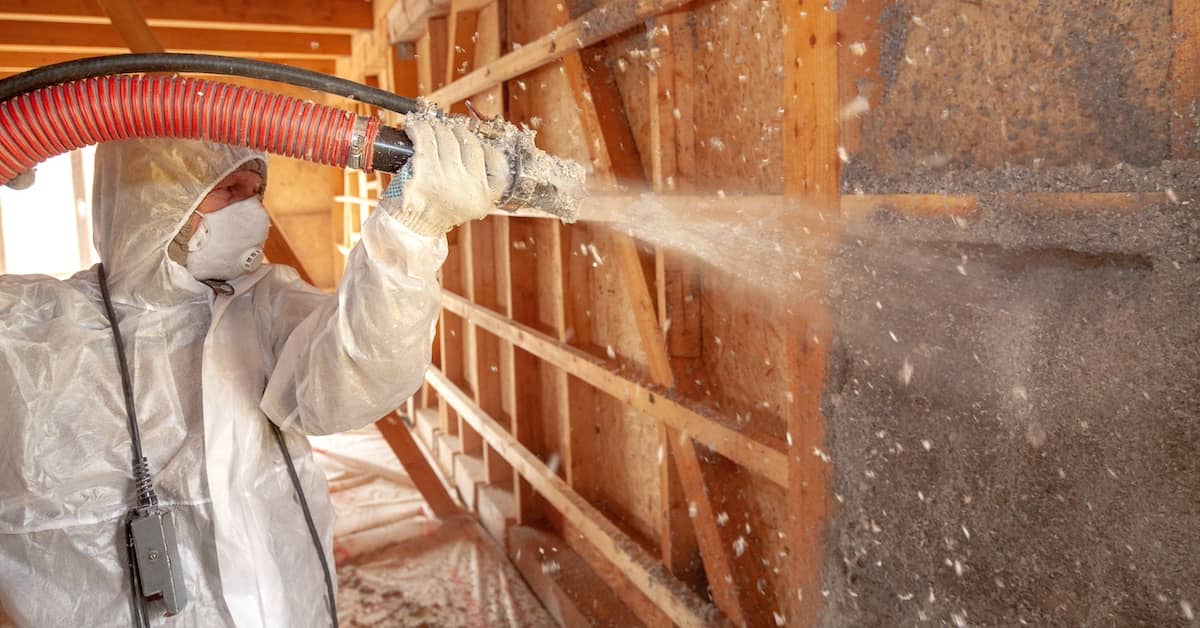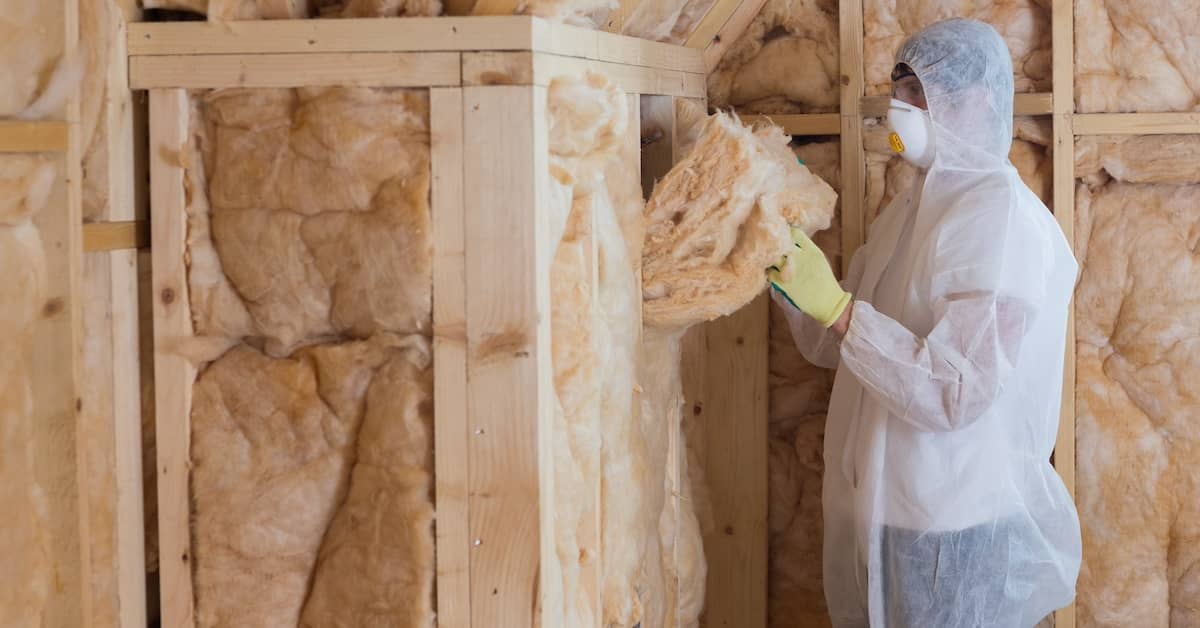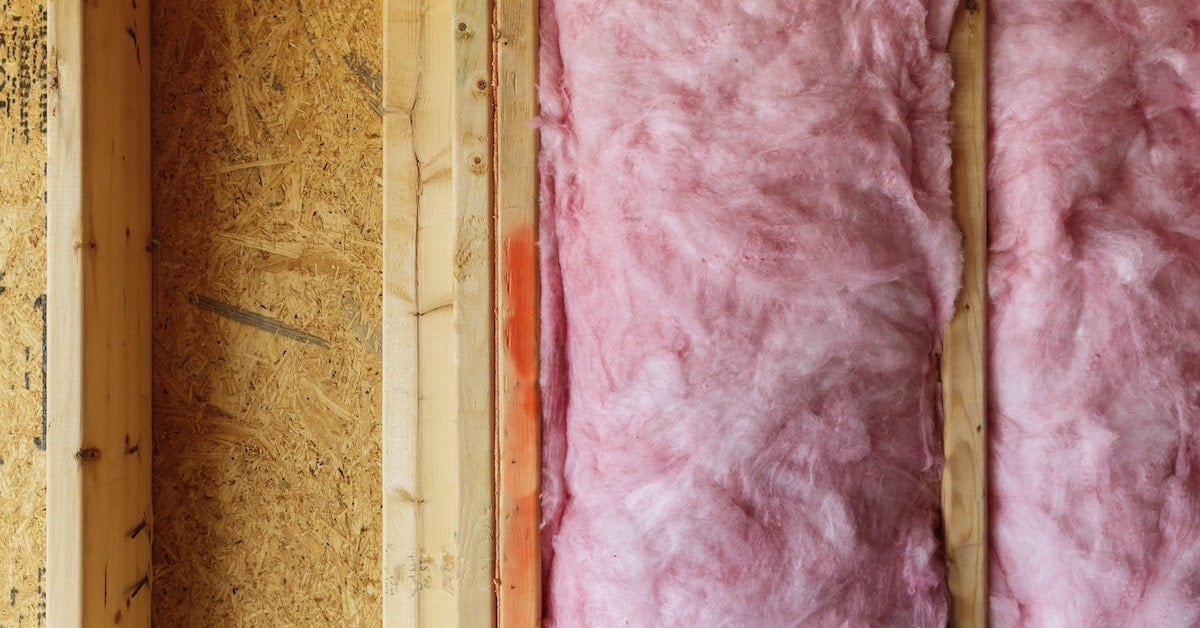
Which Type of Insulation Is Best for the Attic?
The best insulation for the attic depends on several factors. In addition to your home’s energy efficiency needs, it is also important to consider the state of your current insulation, how much insulation you need, and your budget.
REenergizeCO has extensive experience installing attic insulation for homeowners in Denver, Fort Collins, and throughout the Front Range. Our in-depth understanding of the climate in Colorado and commitment to maximizing our customers’ energy savings ensures that your attic will be properly insulated.
Below, we discuss the best insulation for the attic in detail. Don’t hesitate to contact us if you have any questions or want to move forward with upgrading your attic insulation.
Types of Attic Insulation
Virtually any type of home insulation can be used to insulate the attic. However, we generally suggest the following options:
- Fiberglass Insulation
- Cellulose Insulation
- Closed Cell Spray Foam Insulation
All of these materials can get you to R-49, the recommended R-value for attics in Colorado. Generally speaking, approximately 10–14 inches of insulation will need to be installed to attain the needed thermal resistance.
Each type of home insulation has distinct advantages, as well as potential drawbacks that are important for homeowners to understand.
Fiberglass Insulation
The most common option for home insulation, fiberglass comes in batts, rolls, and loose-fill. Batts and rolls are fairly similar, the principal difference being that batts are pre-cut while rolls need to be cut during the install. Loose-fill insulation, meanwhile, consists of small fibers that are blown into place.
If you were to open up the walls of your home (which we don’t recommend), you may find fiberglass batts or rolls. Over time, however, the insulation can lose efficiency due to settling, gaps, moisture intrusion, pest activity, and other issues.
Read More: When to Replace Attic Insulation
New and old fiberglass insulation can be combined if it is dry and in good condition—a process known as retrofitting. You can also install fiberglass insulation in an uninsulated space (which might apply to your attic, depending on the age of your home).
In our experience, fiberglass is often the best insulation for the attic. Blown-in loose-fill fiberglass insulation is the best for attics because the fibers fill the entire space, leaving no gaps or thermal inefficiency.
Advantages of fiberglass insulation:
- Cost-effective; fiberglass insulation is generally more affordable than other insulation materials
- Good thermal performance (while it might not have as high of an R-value as some other insulation materials, it still provides effective thermal insulation when properly installed)
- Low dust; fiberglass is a much cleaner install
- (Cellulose, on the other hand, produces a good amount of dust when blown into an attic)
- Eco-friendly; fiberglass insulation often contains recycled materials, which promotes sustainability
- Non-combustible, meaning the material does not contribute to the spread of fire
- Resistant to mold (only applies to insulation that does not have paper backing (i.e., unfaced))
- Sound absorption; fiberglass insulation can reduce noise coming from the attic, making your home quieter overall
Disadvantages of fiberglass insulation:
- Limited air sealing, which may leave gaps and cracks in the attic
- Skin and respiratory irritation, if handled improperly
- Loss of efficiency if the material gets wet
Cellulose Insulation
Although less common than fiberglass insulation, we often find cellulose insulation installed in homes throughout Colorado. Made from recycled paper and other materials, it is a popular alternative for insulating attics and other areas of the house.
In attics, cellulose insulation is typically installed as loose-fill material. The insulation can be blown into uninsulated or under-insulated areas using special equipment.
Advantages of cellulose insulation:
- Loose-fill cellulose insulation has a higher R-value than fiberglass
- Dense material provides effective attic air sealing
- Retards fire and repels mold and insects when treated with certain chemicals
- More effective at sound dampening than fiberglass insulation
- Environmentally friendly due to the high percentage of recycled materials
Disadvantages of cellulose insulation:
- Cellulose loses 10% of its R-value over its lifespan
- Vulnerable to damage from excess moisture
- Generates a significant amount of dust during installation
- Sagging and settling of the material can create gaps and voids, reducing effectiveness
Closed Cell Spray Foam Insulation
We’ve written before about the many benefits of spray foam insulation. This premium product is effective in multiple areas of the home, including the attic.
Spray foam is applied as a liquid that rapidly expands and hardens into place. The rigid foam is extremely resistant to heat, which is fantastic for managing the temperature in your attic and improving overall energy savings. As both an air barrier and a moisture barrier, closed cell spray foam is the best insulation for the attic when it comes to sealing air leaks; batts, rolls, and loose-fill inevitably leave some small gaps through which air can travel.
Advantages of spray foam insulation:
- Maximum efficiency—has the highest R-value of any insulation material
- Seamless and continuous coverage filling every crack, gap, and hole
- A long lifespan
- Can be applied to a variety of surfaces, including wood, concrete, etc.
- Forms a moisture barrier that prevents condensation and mold growth
Disadvantages of spray foam insulation:
- Expense—spray foam insulation generally costs more to install
- Potential for over-insulation, creating unnecessary costs
It is important to note that many of these disadvantages can be overcome by opting for professional installation.
Find the Best Insulation for Your Attic with REenergizeCO!
At REenergizeCO, we start every project with a home energy audit. During the audit, our team will assess the thickness of the insulation in your attic, including the floor joists, walls, and baffles. Thermal imaging enables us to evaluate the performance of the material and identify potential upgrades.
Based on the energy audit, we can help you determine the best insulation for the attic. Often, homeowners will decide to retrofit existing fiberglass insulation. Alternatively, you can “top off” cellulose insulation with additional loose-fill, or you can invest in spray foam insulation for optimal air sealing of the attic.
Substantial energy loss can occur if an attic is not properly insulated. This can lead to higher energy bills, as well as impact the comfort of your home. Experts at REenergizeCO can help you upgrade your home insulation for the utmost efficiency based on your needs and budget.
Contact REenergizeCO today to find the best option for your attic insulation upgrade.
"*" indicates required fields


